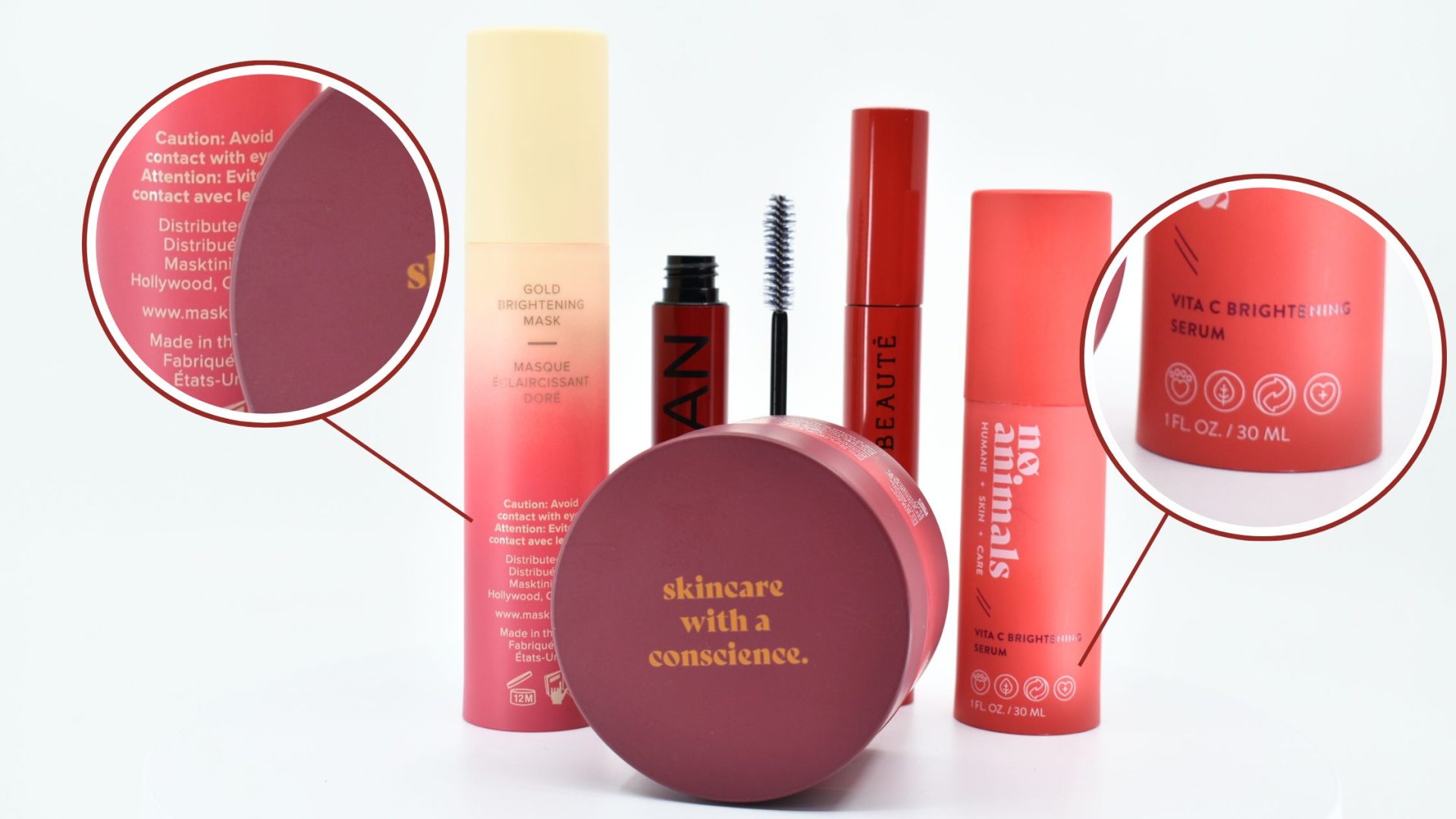Cosmetic Packaging Regulations are a crucial aspect that often goes unnoticed behind the glitz and glamour of the cosmetic industry. These regulations are in place to safeguard consumers’ health and well-being, ensuring that the products they use meet specific safety standards. In this blog article, we delve into the world of cosmetic packaging regulations, exploring the key guidelines and requirements that cosmetic manufacturers must adhere to, and highlighting the importance of compliance in the industry.
Understanding Cosmetic Packaging Regulations
Cosmetic packaging regulations encompass a set of guidelines and standards that govern the packaging and labeling of cosmetic products. These regulations vary from country to country, with regulatory bodies such as the U.S. Food and Drug Administration (FDA), the European Union (EU), and Health Canada; play pivotal roles in establishing and enforcing these rules. The primary objective of cosmetic packaging regulations is to ensure consumer safety by mandating clear and accurate labeling, preventing misleading claims and prohibiting the use of harmful substances. These regulations cover various aspects, including packaging materials, labeling requirements, ingredient listings, product claims, and testing protocols.
Packaging Material Regulations
Furthermore, cosmetic packaging materials must comply with specific guidelines to ensure product safety and integrity. Regulations often dictate the use of materials that are non-toxic, chemically stable, and compatible with the product being packaged. Common packaging materials, such as plastics, glass, metals, and paper undergo scrutiny to ensure they meet the necessary safety standards. For instance, the FDA in the United States provides a list of substances that are now allowed in packaging materials due to their potential harm to consumers. Similarly, the EU regulates the use of certain substances, such as phthalates, bisphenols, and heavy metals, in cosmetic packaging.
Labeling and Ingredient Listing Requirements
Moreover, clear and accurate labeling is crucial in cosmetic packaging. Regulations require that labels provide essential information to consumers, including the product’s identity, ingredients, usage instructions, and warnings. Ingredient listing must follow specific guidelines, ensuring that ingredients are listed in descending order of predominance. Additionally, certain labeling elements, such as the net quantity of the product, the manufacturer’s information, and batch numbers, are mandatory to facilitate traceability and consumer protection. In some regions, multilingual labeling may be required to accommodate international markets. Moreover, specific regulations govern the use of claims and statements made on cosmetic packaging. Manufacturers must ensure that claims are truthful, not misleading, and substantiated by scientific evidence. Claims related to the product’s efficacy, benefits, and any potential risks must be supported by reliable data.
Testing and Safety Assessments
Cosmetic packaging regulations also encompass testing protocols and safety assessments to evaluate the safety and stability of cosmetic products. Stability testing ensures that products remain safe and effective throughout their shelf life, while microbial testing examines the presence of harmful microorganisms. To ensure compliance, cosmetic manufacturers often conduct safety assessments, which involve evaluating the toxicological profile of the ingredients used. This assessment includes assessing potential risks, such as skin irritation, sensitization, and phototoxicity, to determine the overall safety of the product.
Conclusion
Overall, cosmetic packaging regulations are essential for maintaining consumer safety and confidence in the beauty and personal care industry. Adhering to these regulations is crucial for cosmetic manufacturers, ensuring that their products meet the required safety standards and accurately inform consumers about the product’s contents and potential risks. By understanding and complying with cosmetic packaging regulations, manufacturers can contribute to a safer and more transparent industry, promoting consumer trust and satisfaction.
To learn more about our range of compliant cosmetic and skincare packaging, contact us today at [email protected].



